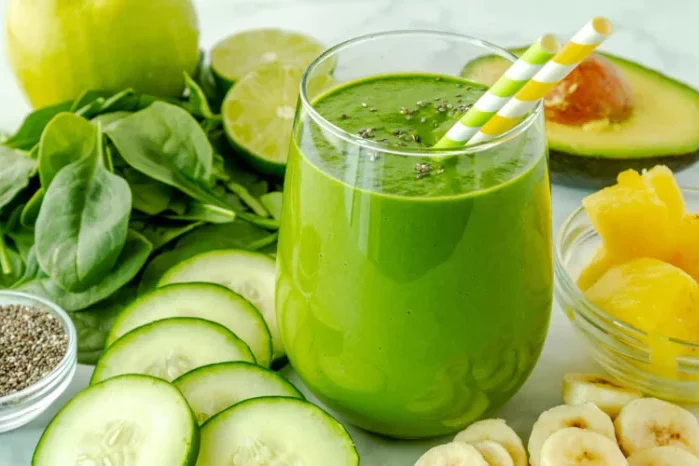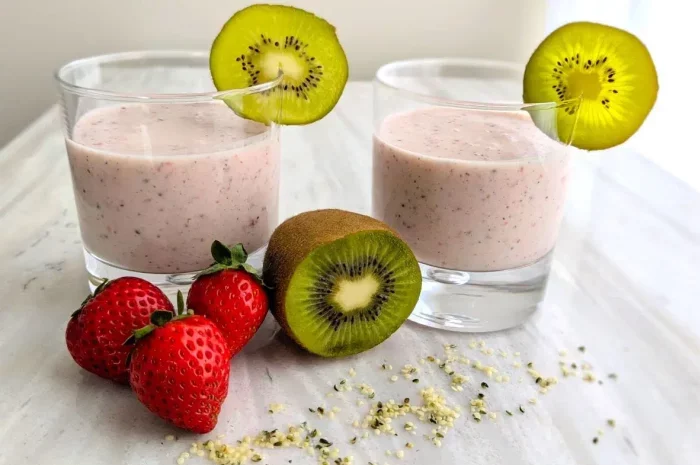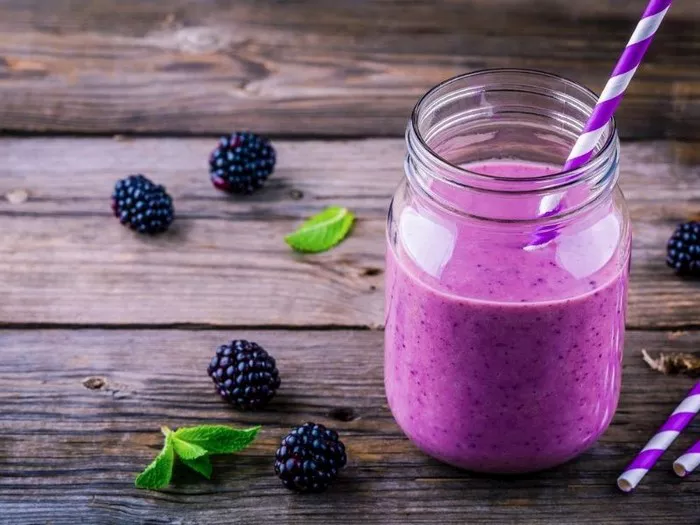A bodybuilder diet is far more than just a way of eating; it’s a carefully crafted and strategic approach that plays a crucial role in the pursuit of building muscle mass, reducing body fat, and achieving the chiseled physique that bodybuilders are known for. This diet is not only about consuming certain foods but also about understanding the precise balance of macronutrients, the timing of meals, and how these elements interact with intense physical training regimens. In this comprehensive essay, we’ll explore every aspect of a bodybuilder diet, from its fundamental principles and goals, to the specific types of foods included, meal planning strategies, the importance of hydration, how it varies depending on different phases like bulking and cutting, potential challenges, and its relationship with overall health. By delving deep into this topic, we hope to provide a thorough understanding of what a bodybuilder diet truly entails and how it can be optimized for those aiming to transform their bodies.
Goals and Fundamental Principles of a Bodybuilder Diet
Building Muscle Mass: The primary goal of a bodybuilder diet, especially during the bulking phase, is to support the growth of muscle tissue. Muscle growth occurs when the body experiences a stimulus, such as weightlifting or resistance training, and then has the necessary nutrients available to repair and build the muscle fibers that have been broken down during exercise. Protein is of utmost importance in this regard as it provides the amino acids, the building blocks that the body uses to synthesize new muscle proteins. A bodybuilder typically aims to consume an adequate amount of high-quality protein from sources like lean meats, fish, eggs, and plant-based options such as beans and tofu.
In addition to protein, sufficient calories are needed. When in a calorie surplus (consuming more calories than the body burns), the body has the energy required to fuel muscle growth. This doesn’t mean unrestricted overeating, but rather a carefully calculated increase in calorie intake to ensure that the excess calories are directed towards muscle building rather than being stored as fat.
Macronutrient Balance
Protein: As mentioned earlier, protein is essential for muscle building and repair. Bodybuilders generally aim for a higher protein intake compared to the average person. During the bulking phase, they might consume around 1.5 to 2 grams of protein per kilogram of body weight per day. For example, a 70-kilogram bodybuilder could aim for 105 to 140 grams of protein daily. During the cutting phase, this amount may even increase slightly to help preserve muscle mass while in a calorie deficit. Good sources of protein include chicken breast, turkey, fish like salmon and tuna (which also provide healthy fats), lean cuts of beef, eggs, and dairy products such as Greek yogurt and cottage cheese. Plant-based bodybuilders can rely on sources like lentils, chickpeas, quinoa, and protein powders made from pea, hemp, or rice.
Carbohydrates: Carbohydrates are the body’s primary energy source, especially important for fueling intense workouts. During the bulking phase, bodybuilders will include a significant amount of carbohydrates in their diet to support energy needs and provide the glucose necessary for muscle glycogen replenishment. Complex carbohydrates like whole wheat bread, brown rice, oats, and sweet potatoes are preferred as they release energy more slowly and help maintain stable blood sugar levels. In the cutting phase, the quantity of carbohydrates is usually reduced, and a greater emphasis is placed on choosing those with a lower glycemic index to avoid spikes in blood sugar and insulin, which can promote fat storage. Examples of such carbohydrates include vegetables like broccoli, spinach, and cauliflower.
Lean Proteins
Poultry: Chicken breast and turkey are staples in a bodybuilder’s diet due to their high protein content and low fat levels. For example, a 3-ounce serving of skinless chicken breast contains about 26 grams of protein and only 3 grams of fat. They are versatile and can be grilled, baked, or boiled for various meal options. Turkey is also an excellent choice, especially lean ground turkey, which can be used in making burgers or added to pasta dishes for an extra protein boost.
Fish: Fish offers a great combination of high-quality protein and healthy fats. Salmon, for instance, is rich in omega-3 fatty acids, which have anti-inflammatory properties and support heart health. A 3-ounce serving of salmon provides around 22 grams of protein and is a delicious and nutritious option when baked or grilled. Tuna is another popular choice, often available in canned form, making it convenient for quick meals like tuna salads. It contains about 20 grams of protein per 3-ounce serving and is low in fat.
Complex Carbohydrates
Whole Grains: Whole wheat bread, brown rice, and oats are common whole grain choices. Whole wheat bread is made from flour that includes the entire wheat kernel, providing more fiber and nutrients compared to refined white bread. Brown rice retains its bran and germ layers, which are removed in white rice processing, making it a more nutrient-dense option. A cup of cooked brown rice contains about 45 grams of carbohydrates. Oats are a popular breakfast choice, whether eaten as oatmeal or used in baking. They are rich in soluble fiber, which helps with digestion and can contribute to a feeling of fullness. A half-cup of dry oats has around 27 grams of carbohydrates.
Sweet Potatoes: Sweet potatoes are a favorite among bodybuilders due to their high carbohydrate content and rich nutrient profile. They are a good source of vitamins A and C, as well as fiber. A medium-sized sweet potato contains about 27 grams of carbohydrates and can be baked, mashed, or roasted for a delicious and filling side dish or snack.
Conclusion
In conclusion, a bodybuilder diet is a meticulously planned nutritional approach tailored to support muscle growth, fat loss, and overall performance. This diet emphasizes high-quality protein sources, balanced carbohydrate intake, and healthy fats, all tailored to the individual’s specific training goals and body composition needs.
Related Topics:






















